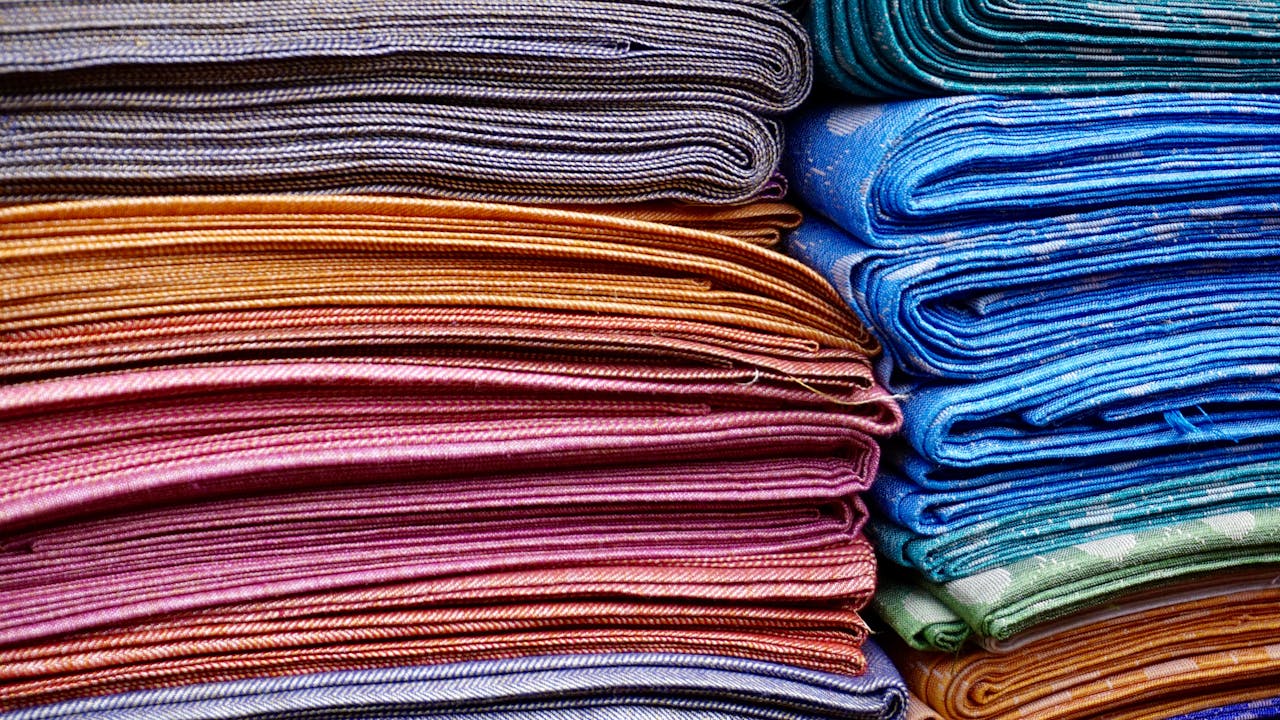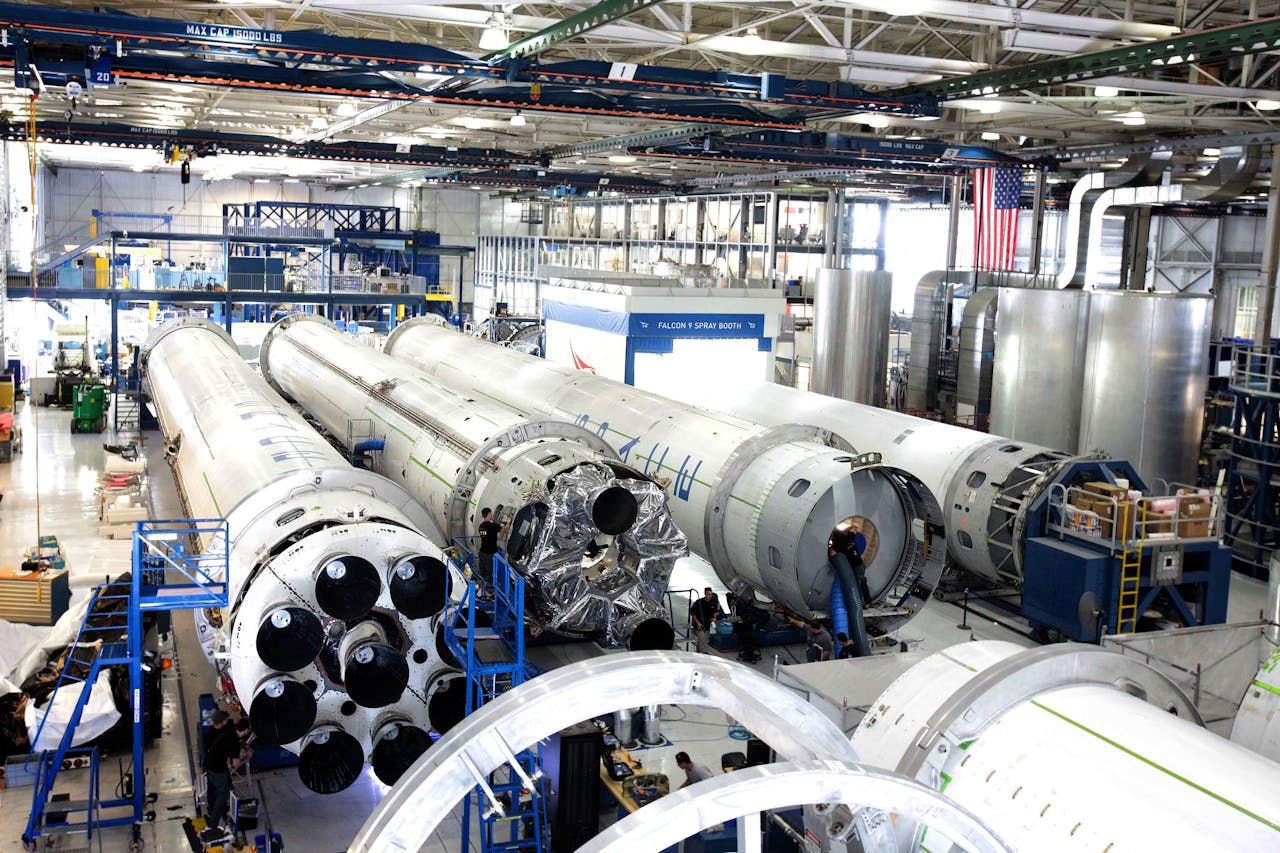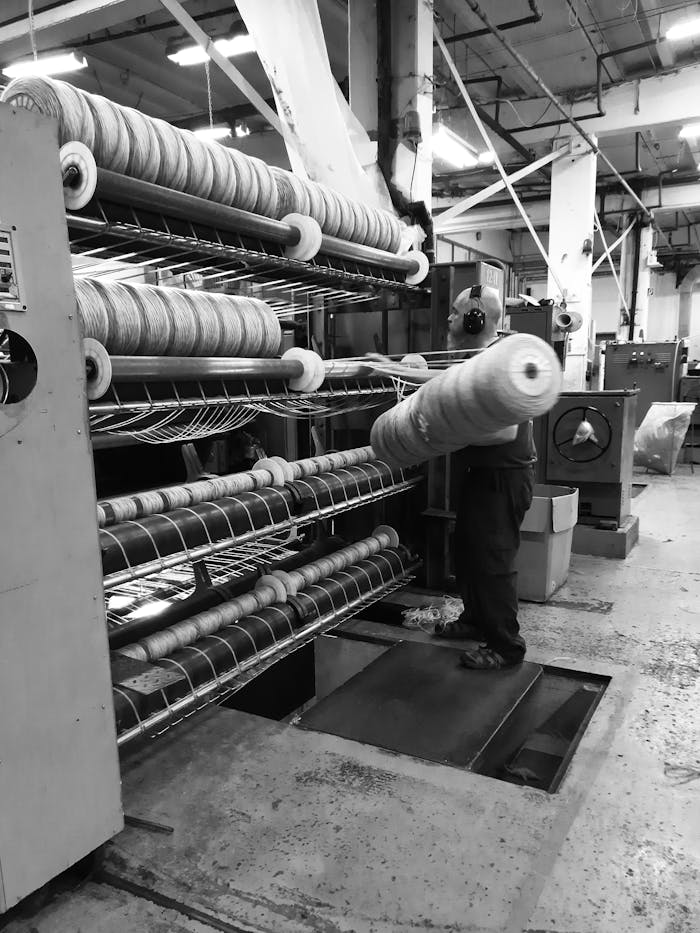Weaving Cotton Clothes in Pakistan: A Blend of Tradition and Modernity
Introduction
Pakistan has long been a global hub for textile production, especially cotton. The country ranks among the world’s top cotton producers and exporters, with its textile sector forming the backbone of the economy. Weaving cotton fabrics is a craft steeped in tradition, but in recent decades, it has also embraced modern technology and innovation. For businesses in Pakistan, like ours, the weaving industry offers endless opportunities to create high-quality cotton garments that meet both local and international demand.
This article will provide insight into the cotton weaving process in Pakistan, the market’s unique features, and how we ensure quality and sustainability in our production.
The Importance of Cotton in Pakistan’s Textile Market
Pakistan’s textile sector accounts for more than 60% of the country’s total exports, and cotton is at the heart of this industry. The favorable climate and fertile soil in regions like Punjab and Sindh make Pakistan one of the leading producers of high-quality cotton. This raw material forms the foundation for the weaving industry, which produces a wide range of fabrics, including lawn, voile, muslin, and denim.
Our business plays a vital role in transforming this raw cotton into finished fabric, using a blend of traditional craftsmanship and modern machinery.
The Cotton Weaving Process: From Field to Fabric
1. Cotton Harvesting and Yarn Production
The journey of cotton weaving begins in the fields, where the cotton crop is harvested, either by hand or through mechanized methods. After ginning, which separates the cotton fibers from the seeds, the fibers are cleaned and spun into yarn. This yarn serves as the base material for our weaving process.
2. Setting Up the Looms
In Pakistan, we use both traditional handlooms and advanced power looms, depending on the type of fabric and the market demand. Handlooms are used for finer fabrics and custom designs, while power looms are ideal for bulk production. The weaving process starts by setting up the warp and weft threads on the loom, ready for interlacing.
3. The Weaving Process
The warp threads are stretched lengthwise on the loom, while the weft threads are passed horizontally, creating the woven fabric. In our facility, we focus on ensuring each fabric is woven with precision, resulting in a product that’s soft, breathable, and durable. Weaving patterns, such as plain weave, twill, and satin, are chosen based on the type of garment or textile being produced.
Tradition Meets Technology: Innovation in Cotton Weaving
While traditional methods of weaving are still cherished in Pakistan, technological advancements have significantly improved the industry’s efficiency and output. In our operations, we combine heritage with innovation by incorporating state-of-the-art looms and computerized systems to optimize production, minimize waste, and ensure consistency in quality.
Automation and Customization
Modern automated looms allow for faster production, reducing lead times and enabling us to meet bulk orders with ease. Simultaneously, we offer customization options, leveraging modern software to create intricate designs for high-end fashion or home textiles.
Sustainability Efforts
Sustainability is becoming increasingly important in the global textile market, and we are committed to responsible production. From water-saving dyeing techniques to using eco-friendly chemicals in our processing, we strive to reduce the environmental footprint of our cotton weaving practices. Pakistan’s weaving industry is uniquely positioned to adopt sustainable practices due to the availability of local raw materials and access to renewable energy sources like solar power.
The Market for Cotton Fabrics in Pakistan
Pakistan’s domestic demand for cotton fabrics remains robust, driven by the high consumption of traditional garments like shalwar kameez, kurtas, and dupattas. Additionally, Pakistan’s cotton fabrics are highly sought after in international markets, especially in Europe, the United States, and China. Our business caters to both domestic and export markets, ensuring that our products meet the highest standards of quality and design.
Popular Cotton Fabrics in Pakistan
- Lawn: Lightweight and perfect for summer, lawn fabric is one of Pakistan’s most famous exports.
- Voile: A soft, semi-transparent fabric that’s often used in high-end clothing.
- Muslin: Known for its fine texture, muslin is ideal for both casual and formal wear.
- Denim: A heavyweight cotton fabric, denim is used for jeans, jackets, and other durable garments.
Our Commitment to Quality and Innovation
At our company, we prioritize quality in every step of the weaving process. From sourcing the finest cotton yarns to carefully monitoring every stage of production, we ensure that our fabrics meet the expectations of our customers. Our commitment to innovation means that we are constantly exploring new weaving techniques, materials, and technologies to stay ahead in the competitive textile market.
Custom Orders and Collaborations
We offer custom weaving services to fashion designers, retailers, and businesses who want unique, tailored fabrics for their collections. Whether it’s a new texture, pattern, or blend of materials, we work closely with our clients to bring their vision to life.
Conclusion
The art of weaving cotton clothes in Pakistan is a blend of tradition, skill, and innovation. As one of the key players in this thriving industry, we take pride in delivering high-quality, sustainable fabrics that reflect the rich heritage of Pakistan’s textile market while meeting modern demands. Whether you’re looking for breathable summer fabrics or durable cotton for everyday wear, our weaving business offers the best of both worlds—heritage and cutting-edge technology.



